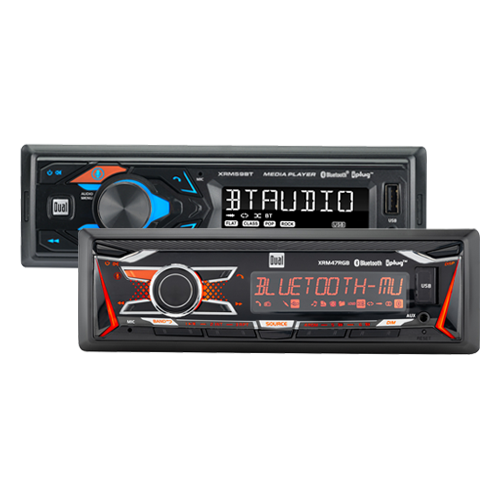Marine
A Guide to Choosing the Right Marine Audio Package for Your Boat

Setting sail on your boat is not just about the wind in your hair and the open sea ahead; it’s also about creating the perfect soundtrack for your aquatic adventures. Whether you’re a weekend warrior or a seasoned sailor, choosing the right marine audio package is essential to enhancing your boating experience. In this guide, we’ll navigate through the key considerations to help you make an informed decision.
1. Understanding Marine Audio Components
Before diving into the selection process, it’s important to understand the components that make up a marine audio system. Unlike car audio systems, marine audio packages need to withstand the often-harsh sea elements, including exposure to water, salt, and UV rays. The typical marine audio system consists of marine speakers, a marine head unit, amplifiers, and subwoofers.
2. Waterproof and UV-Resistant Design
Given the marine environment, the most critical aspect of any marine audio package is its ability to withstand water exposure. Look for components with an IPX rating, which indicates their water resistance level. Additionally, UV-resistant materials are essential to protect the system from the sun’s harsh rays, preventing discoloration and deterioration over time.
3. Consider the Size of Your Boat
The size of your boat plays a crucial role in determining the power and size of the marine audio components you need. Larger vessels may require more powerful amplifiers and larger speakers to ensure the sound reaches all corners of the boat. Conversely, smaller boats may benefit from compact, space-saving audio solutions.
4. Power Handling and Wattage
Understanding the power handling capabilities of your marine audio components is vital. Check the RMS (Root Mean Square) power rating, which indicates the continuous power the components can handle. Overlooking this factor could lead to distorted audio or, worse, damage to your speakers.
5. Source Unit Features
The source unit, commonly known as the head unit, is the control center of your marine audio system. Look for units with features like Bluetooth connectivity, USB ports, and compatibility with streaming services. Bluetooth capability allows you to wirelessly connect your devices, providing a seamless and clutter-free audio experience on the water.
6. Speaker Quality and Placement
Choosing the right marine speakers involves considering their size, material, and placement. Marine speakers come in various sizes and styles, including coaxial and component speakers. Determine the suitable size for your boat, ensuring they fit seamlessly into the available spaces. Additionally, consider the material of the speakers, as high-quality materials are crucial for longevity and optimal sound reproduction.
7. Amplifiers and Subwoofers
Amplifiers and subwoofers contribute to the overall power and depth of your marine audio system. If you’re looking for deep bass and a more robust audio experience, consider adding a marine-grade subwoofer to your setup. Match the amplifier’s power output with your speakers to ensure a balanced and clear sound.
Choosing the right marine audio package for your boat is a balancing act between durability, power, and functionality. By considering factors such as water resistance, power handling, source unit features, and speaker quality, you can tailor your marine audio system to meet the unique challenges of life on the water. Invest time in researching reputable brands and reading customer reviews to ensure your chosen audio package enhances your boating experience for years to come. So, set sail with the perfect soundtrack and let the waves of sound accompany you on your maritime adventures.















Car
The Impact of Speaker Size on Sound Quality in Car Audio Systems
Home
TV Sound Bar Maintenance: Tips for Longevity
Car
5 Signs It’s Time to Upgrade Your Car Stereo System
Home
Top 10 TV Sound Bars of 2024: Reviews and Recommendations